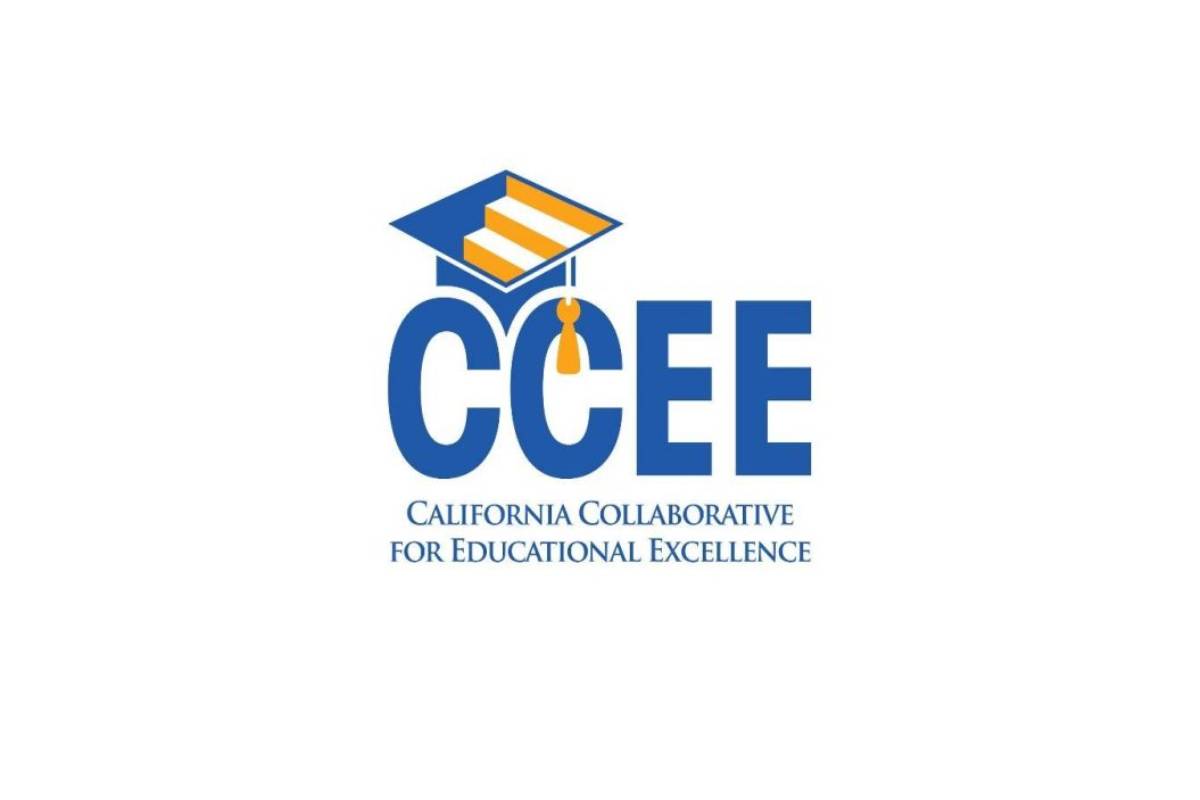Matt Navo was named the next executive director of the California Collaborative for Educational Excellence (CCEE) during a June 24 Governing Board meeting.
Navo is the Director of Systems Transformation for the Center for Prevention and Early Intervention and WestEd, a Governor appointee to the State Board of Education and works with the National Center for Systematic Improvement, according to a release by CCEE. He previously held various positions including superintendent at Sanger Unified School District in Fresno County.
He has a long history of leadership within CCEE, serving on the governing board as a Governor appointee from 2015 to 2017 before returning as SBE’s designee to chair the CCEE Governing Board in December 2019 — a position he held until April.
Tom Armelino announced his retirement from the position earlier this year.
In addition to the change in guard, staff presented the executive director’s end-of-year report, covering updates on four priority areas including: direct technical assistance (DTA) to local educational agencies; professional learning resources to support priority needs; facilitation and support of the System of Supports (SOS); and research, development and communication activities to support the dissemination of lessons learned and best practices from the field.
In terms of DTA, staff noted that the more a district sets priorities, the more successful the cycles of continuous improvement are.
An update was given on the six districts currently going through the systemic instruction review (SIR) process. The SIR is a “preK through 12 instructional comprehensive assessment (academic and social emotional) of the LEAs instructional systems, progress of state requirements, and implementation of teaching and learning practices in order to successfully meet the needs of all learners. The Systemic Instructional Review will culminate in an SIR action plan that will receive ongoing progress monitoring and support from the CCEE as needed by the LEA,” according to CCEE.
As of June 2021, Inglewood USD, Vallejo USD, Salinas Union HSD, Sacramento City USD, Oakland USD, Mt. Diablo USD were participating. Inglewood and Vallejo have made the most progress toward their respective SIR action steps with 62 percent and 61 percent in progress, respectively. Inglewood has completed 29 percent of its steps and Vallejo 23 percent. Their SIRs were completed in 2018 and 2019.
Recognizing that this can’t be completed in every LEA across the entire state, David M. Toston, senior advisor of equity and innovation, said that the DTA continuum is being expanded to provide broader access. This involves two components: an instructional review guidebook and a facilitated instruction review process.
According to Toston’s presentation, the guidebook will be a self-assessment tool of instructional systems through a series of self-paced online modules for LEA teams. The facilitated instructional review involves LEAs engaging in a fee-for-service partnership with CCEE to assess instructional systems and pupil achievement and engage in a series of continuous improvement activities. It can be tailored toward specific local needs.
Work toward launching pilots is currently being done on each component. Toston said they hope to have everything available to LEAs by June 2022 at the latest.
For professional learning, field guides like the “Blueprint for Educational Excellence” as well as the Leading Forward in 2021 initiative were detailed. CCEE staff will keep prioritizing the development of tools and resources to promote “deeper, team-based learning around key focus areas as identified by our Leading Forward initiative.” Additionally, the organization’s QRU (quality, relevance and usability) rubric will be used to support efforts to identify and vet resources, programs, curricula and vendors to support learning acceleration.
System of Support and moving forward
The California System of Support is made up of entities of all levels with an objective of connecting LEAs to a network of lead agencies (usually housed in county offices) to offer expertise, programs and resources to equip local educators with the knowledge they need to uncover solutions. “The overarching goal of the System of Support is to address inequities and build capacity of LEAs to improve teaching and learning over time, address achievement gaps, and strengthen outreach and collaboration with their stakeholders,” according to CCEE. The system includes stakeholders such as community-based organizations and statewide associations.
CCEE worked with the SOS and lead agencies to share information to help LEAs navigate constantly changing terrain throughout the pandemic. The System of Support will continue to increase focus on outcomes as it enters its third year, prioritizing opportunities to collect and share evidence-based strategies identified by participants and refining communication and collaboration processes as new lead agencies are identified.
Board members asked for more clarity on the definition of the SOS, its work and how to best tap into it.
Lastly, after a year of website upgrades and regular communication with stakeholder groups, next steps in research, development and dissemination include a focus on using data to support evidence-based decision-making around instruction. Other priorities are expanding the quality, relevance and usability rubric to create tools that LEAs can use to vet resources for learning acceleration in the coming year and continuing strategies to grow its audience and gather feedback.
Thinking of the intersection of priorities two and four and what’s needed overall moving forward, CCEE Vice Chair Tim Sbranti shared some advice with staff.
“I encourage staff to be focused on the fall research [and see] which districts are doing it right … and making sure that information is getting out there so other people can see that. And then doing some of our professional learning around that in real time,” Sbranti said
CCEE staff is working to finalize the full end-of-year report including all of the information discussed at the meeting.
CCEE’s next scheduled meeting is on Aug. 5, though the board was considering moving it to September or October.



